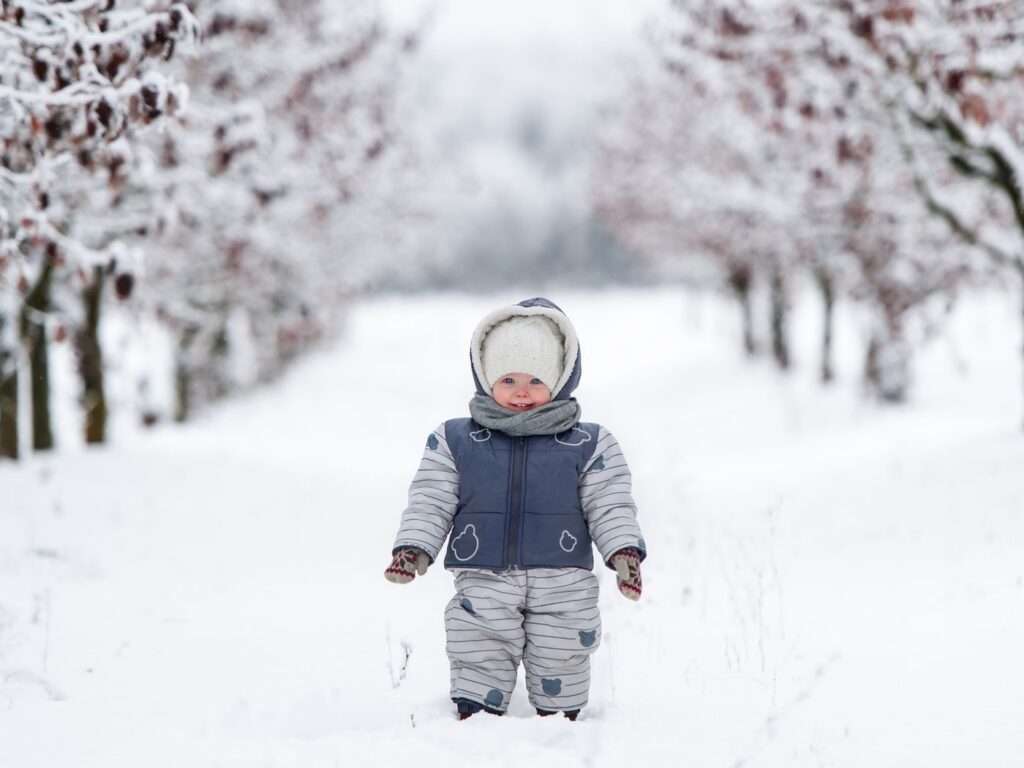The winters in Chicago can be brutal, and if not prepared for, can cause major damage to one’s home. Home windows are a particular point of vulnerability to the harsh conditions of a Chicago winter. In order to ensure that one’s home windows are properly secured against the elements, certain precautions must be taken.
Selecting The Right Window Type
When selecting the right windows for your home, it is important to consider both form and function. Aesthetically pleasing materials such as wood or aluminum can add a classic touch to any home, while vinyl or fiberglass frames offer superior durability. To ensure that you are making the best choice for your climate, look for window frames that have been rated according to local building codes.
In terms of functionality, double-pane windows are highly recommended due to their ability to keep warm air indoors while preventing cold air from entering. Additionally, Low-E window coatings can help reflect solar radiation away from your home in order to reduce heat absorption during hotter months.
Window Installation Considerations
When it comes to window installation, there are several considerations that must be taken into account. Proper installation ensures that the windows will be able to withstand the harsh Chicago winter weather and provide a safe environment for family members.
Window installation should be done by an experienced professional who is knowledgeable about local building codes and regulations. This helps ensure that the windows are properly sealed and installed in accordance with safety standards. Additionally, proper insulation should be used to keep warm air indoors and reduce the risk of energy loss through cracks or gaps in the frames.
Any damage or deterioration of window components such as seals should be repaired immediately to prevent further damage from occurring. Regular maintenance is also important for ensuring the longevity and optimal performance of your home’s windows throughout the year. Hiring a Chicago windows and siding company will be your best bet for proper window installation.
Weatherstripping And Caulking Basics
In addition to proper installation, homeowners should also be aware of the importance of weatherstripping and caulking for their windows. Weatherstripping is a simple but effective way to reduce air infiltration which can help keep the cold winter air out and the warm air in. Caulking is also important as it provides a sealant between window frames and siding, preventing moisture from entering into the home.

When selecting weatherstripping and caulking materials, it is important to choose high-quality products that are designed for outdoor use such as those made from vinyl or rubber. Additionally, it is important to make sure that the weatherstripping and caulking are applied properly in order to ensure an airtight seal around windows and doors.
Regular maintenance should include checking for any signs of wear or damage in weatherstripping or caulking material as well as inspecting windows for any gaps or cracks which could allow air infiltration into the home.
Draft-Proofing Your Home Windows
Draft-proofing your home windows is another important step in preparing for a Chicago winter. Draft-proofing materials such as plastic film, foam tape, and caulk can be used to reduce the amount of air coming in and out of the home through gaps around windows and doors. Applying these materials properly is essential for proper insulation and preventing cold air from entering the house.
Another way to draft-proof windows is to install window insulators or storm windows. Storm windows are an economical way to add an extra layer of protection against drafts as well as provide additional noise reduction. Window insulators are made from a variety of materials such as vinyl, aluminum, and fiberglass, making them energy efficient while also providing a barrier between the outside temperature and the inside of the home.
Insulating Your Home Windows
Insulated windows can help reduce the amount of energy required to heat homes, resulting in lower energy bills. Additionally, insulated windows can reduce noise from outside sources and increase the comfort level of a home.
When it comes to window insulation, there are several options available. The most common type of window insulation is double or triple pane glass with an air or gas sealed in between the panes. This additional layer helps to create a thermal break, keeping cold air from entering the home. For those looking for more insulation, cellular shades that fit inside the window frame offer a great solution as they provide both light control and increased insulation value. Other types of insulation such as curtains or blinds can also be used to decrease the amount of cold air that enters through open windows.
Maintaining Proper Winterization
In addition to selecting the appropriate type of glass, properly winterizing home windows can be essential in ensuring they are able to withstand a Chicago winter. Taking steps such as caulking, weatherstripping, and installing storm windows can all help seal gaps around windows and prevent cold air from entering the home. These measures can also help reduce drafts, making the interior more comfortable and reducing energy costs.
Caulk is an effective way to fill in any small gaps around window frames or between window panes. It helps create an airtight seal that keeps cold air from entering the home while also preventing moisture from seeping in through cracks or crevices. Weatherstripping is another useful tool for sealing up windows against harsh winter temperatures.
This can include materials such as foam tape or rubber gaskets that are placed along the edges of window sashes or frames to close any openings. Storm windows are also a great option for creating additional insulation and protection against severe weather conditions. Installing storm windows on the exterior of existing windows provides an extra layer of insulation, which helps keep homes warmer during colder months.
To ensure that a home is prepared for winter in Chicago, it is important to understand the climate and the measures that need to be taken.






